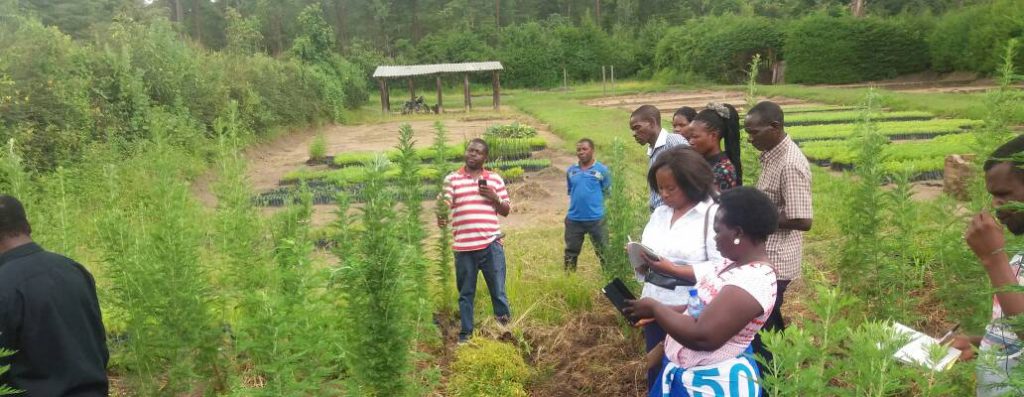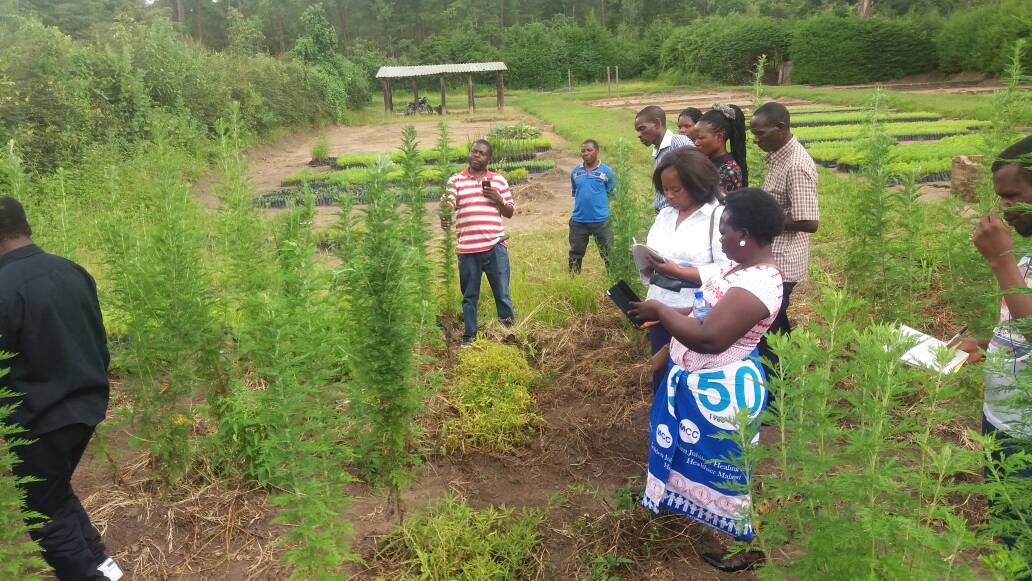Plants, Leaves and Shrubs
Records indicate the use of medicinal plants for the treatment of health problems extends far back in history. One of the earliest records comes from a Sumerian clay slab, recorded about 5,000 years ago, and giving recipes for the use of 250 plants recognized for their medicinal values.
Other examples include a Chinese book on roots and grasses, written in 2,500 BC listed 365 drugs derived from plants. The Ebers Papyrus, recorded in 1,550 BC listed 800 prescriptions from 700 plant species. Then in 23 to 79 AD Pliny the Elder, who traveled throughout Spain and Germany, wrote about 1,000 medicinal plants being used in healthcare. Essential oils have been used in the S. for decades.
Until the 19th-century plants were the main source of medicinal cures, but in the mid to late portion of the century a turning point was reached, and medicine started moving away from local, plant sources, and to ballooning pharmaceutical sources. By the 20th century, in western nations, the shift was almost universal.
Rethinking Need
“Throughout my medical career in the U.S. our sources for drugs were solely pharmaceutical suppliers,” reports Suzi Stephens RN, Medical Director of the Malawi Project. “In our medical work in Malawi we have followed the western pattern with pharmaceutical solutions to health needs for the past 25 years. We will definitely continue seeking the support of this industry, but we realize more is needed. We can’t obtain enough drugs from the west to supply the needs of the millions in sub-Saharan Africa. We need to look elsewhere, and some solutions are growing at the edge of the village.”
Exploring Possibilities
Recently Suzi supplied funds for five representatives from community development agencies to attend a 5-day seminar near Dedza, Malawi. The seminar was sponsored by the German Aid Group, Anamed (Action for Natural Medicine) and focused on the value of locally availability plants for medical use. Those attending were given instruction to the most popular plants easily grown, and successfully used for medicinal purposes in Malawi.
At the conclusion of the seminar Wilson Tembo reported, “The training has been an eye opener to the five participants and the communities they serve. We expect over 500 people will benefit from the training. Each member is expected to train small groups of 10, leading to at least 100 people over time.


